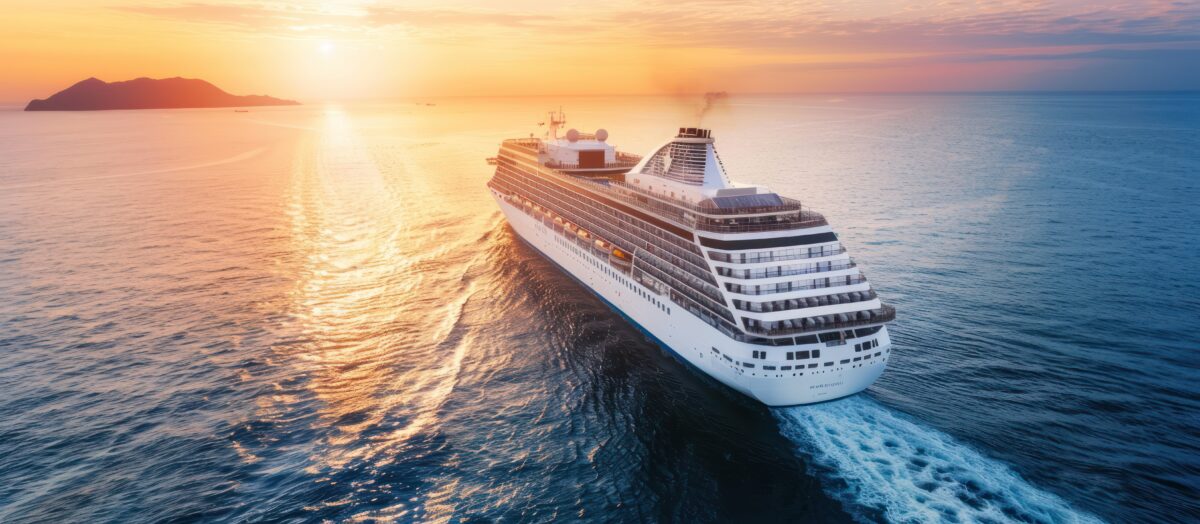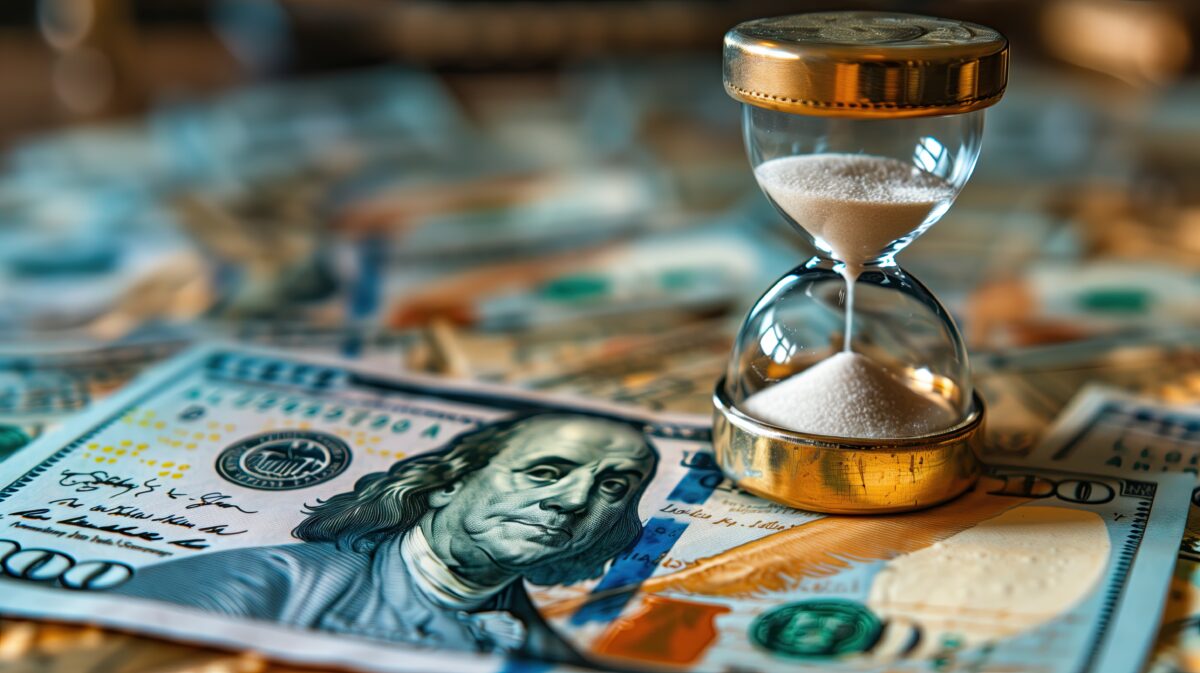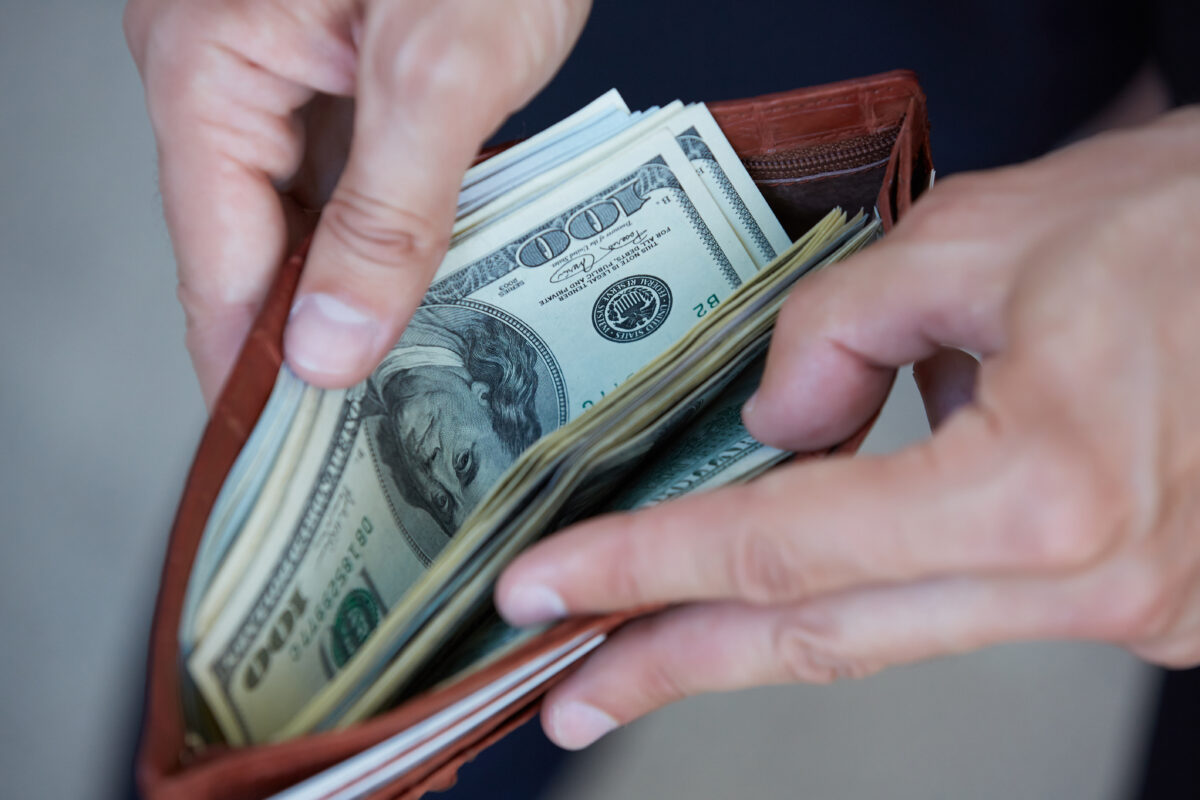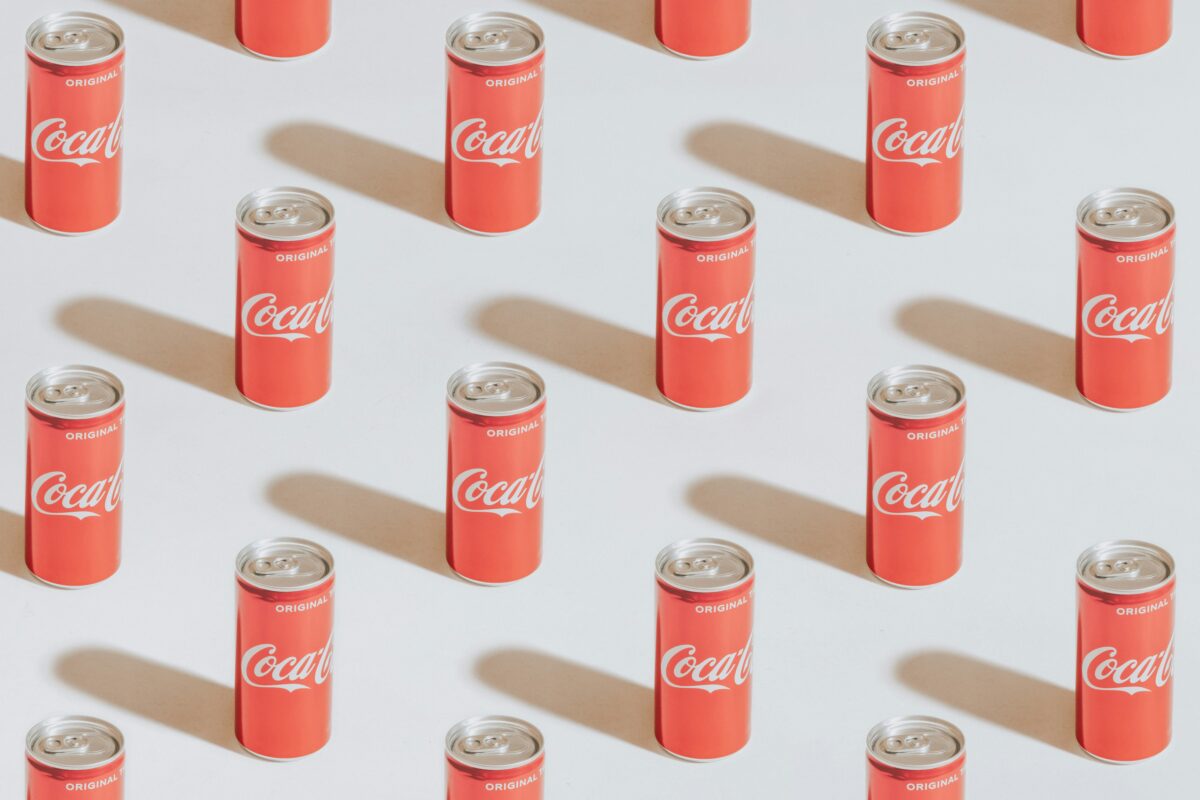
Gale L. Pooley teaches U.S. economic history at Utah Tech University. He has taught economics and statistics at Brigham Young University-Hawaii, Alfaisal University in Riyadh, Saudi Arabia, Brigham Young University-Idaho, Boise State University, and the College of Idaho. Dr. Pooley serves on the board of HumanProgress.org.
Dr. Pooley earned his BBA in Economics at Boise State University. He did graduate work at Montana State University and completed his PhD at the University of Idaho. His dissertation topic was on the Knowledge Acquisition Preferences of the CEOs of the Inc. 500.
In 1986 he founded Analytix Group, a real estate valuation and consulting firm. The Analytix Group has performed over 5,000 appraisals in the U.S. and Saudi Arabia. Dr. Pooley has held professional designations from the Appraisal Institute, the Royal Institute of Chartered Surveyors, and the CCIM Institute.
He has published articles in National Review, HumanProgress, The American Spectator, FEE, the Utah Bar Journal, the Appraisal Journal, Quillette, and RealClearMarkets.
Dr. Pooley is a Fellow with the Discovery Institute and serves on the board of HumanProgress.org. He also serves on the Foundation for Economic Education Faculty Network and is a Scholar with Hawaii's Grassroot Institute. He is also a member of the Mont Pelerin Society. He has presented at FreedomFest and the COSM Technology conference.
His major research activity has been the Simon Abundance Index, which he co-authored with Dr. Marian Tupy.
Archives


The Abundance of the Five Metals in the Simon-Ehrlich Bet

The Right Question Is How Much Time Does It Cost?

Time Equality is Rapidly Increasing

Things Used to Cost Less but They Were Much More Expensive

Entrepreneurs Create Abundance. Bureaucrats Create Scarcity.

Ritz Abundance

Climate-Related Deaths Down 97 Percent Since 1920s

Strawberries In The U.S. Grew 2,755 Percent More Abundant Since 1960

Money Is Time and Time Flies

The Abundance of Air Travel Since 1970

The Good Old Days Were Really Expensive

Coca-Cola Abundance

Who Is Creating More Value For Society? Jeff Bezos or Bernie Sanders?

Time Pricing Mark Perry’s Chart of the Century

TVs Versus Degrees

The 12 Items of Christmas and Abundance

Thanksgiving will be 13 Percent More Abundant This Year

For The Time It Took To Get One Mile In 1980, You Get 2.29 Today.
